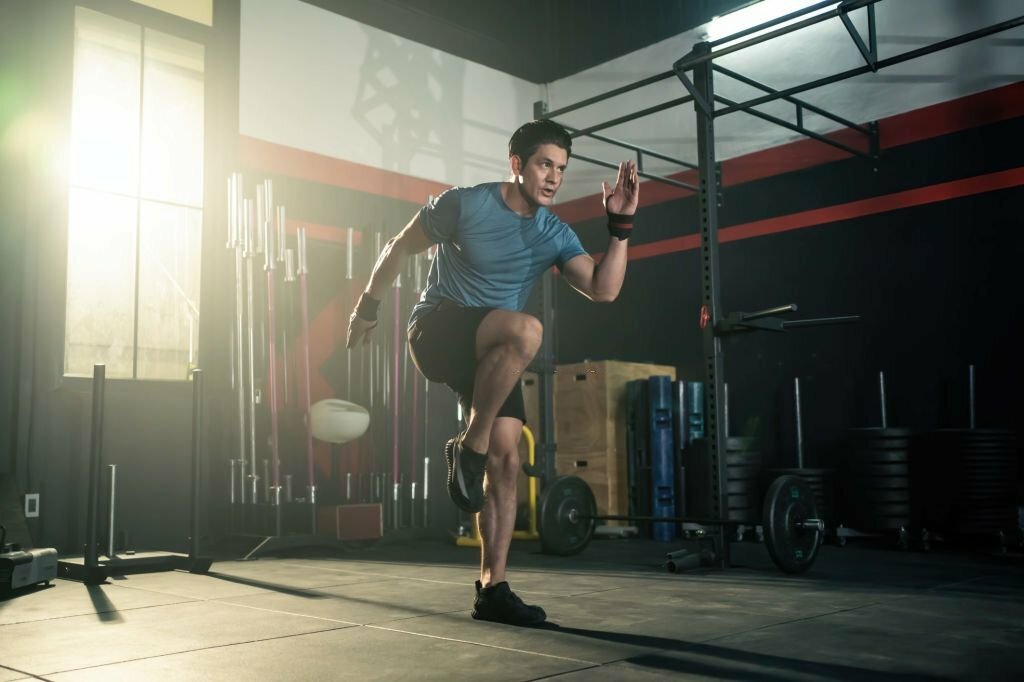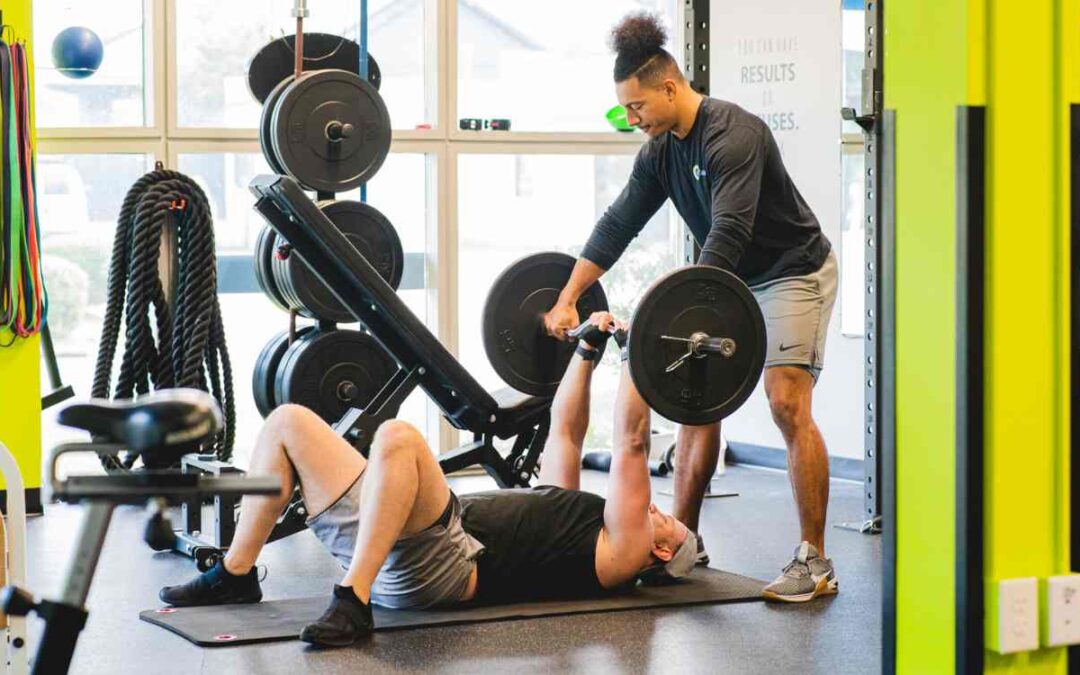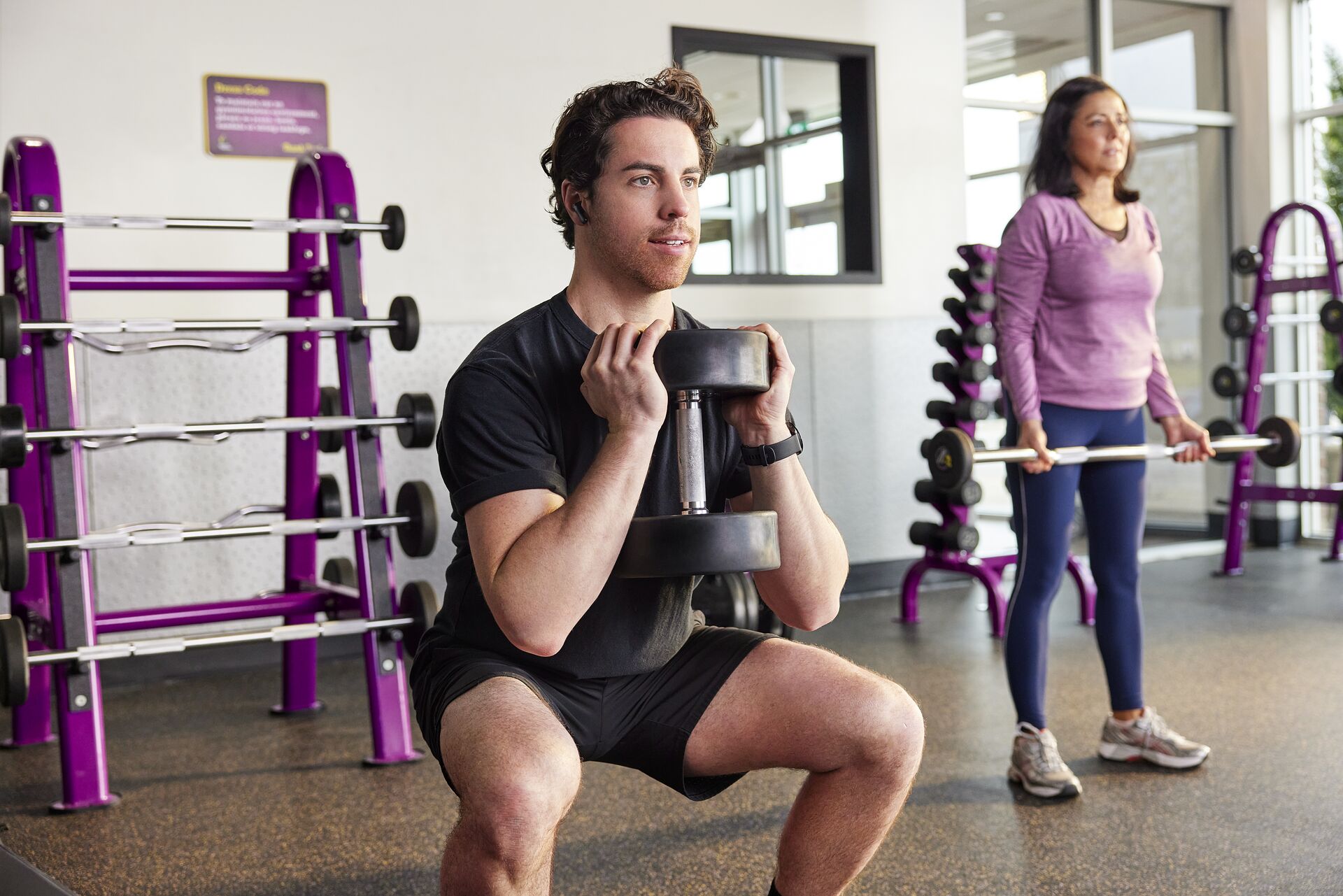Are you tired of putting in hours at the gym but not seeing the results you want? What if I told you that professional athletes and fitness experts have secret workout hacks that help them get the most out of every session — and you can use them too?
In this blog, I’ll share 5 powerful workout hacks that only fitness pros swear by. These simple but effective strategies will help you train smarter, avoid injury, and accelerate your progress.
1. Warm-Up Like a Pro: The Dynamic Way to Prep Your Body

Most beginners think warming up just means doing a few stretches or walking on the treadmill for five minutes. That’s a mistake. Fitness pros use dynamic warm-ups — a series of controlled, active movements designed to increase blood flow, activate muscles, and prepare your nervous system for exercise.
Why Dynamic Warm-Up?
- Improves range of motion: Dynamic movements take your joints through their full range, reducing stiffness.
- Activates muscles: You “wake up” muscles that will be engaged during the workout.
- Reduces injury risk: Proper warm-up decreases muscle pulls and joint injuries by prepping tissues for strain.
Examples of Dynamic Warm-Up Movements
- Leg swings: Front to back and side to side to loosen hip joints
- Arm circles: Small to large to activate shoulder muscles
- Walking lunges: Stretch hip flexors and activate glutes
- High knees or butt kicks: Elevate heart rate and activate lower body
Spend about 8-10 minutes doing dynamic warm-ups before every workout. Skip static stretching (holding stretches) until after the session.
2. Prioritize Compound Movements: Get More Done With Less

If you want to maximize your time and energy at the gym, you need to understand why compound exercises are a game changer.
What Are Compound Movements?
These are exercises that engage two or more joints and multiple muscle groups at the same time. Examples include:
- Squats: Work quads, hamstrings, glutes, lower back, and core
- Deadlifts: Target the entire posterior chain (backside of the body) including hamstrings, glutes, and back
- Bench Press: Works chest, shoulders, and triceps
- Pull-ups: Engage back, biceps, and shoulders
Why Fitness Pros Love Compound Movements
- Burn more calories: Because you’re recruiting more muscles, your energy expenditure is higher.
- Build functional strength: These movements mimic real-life actions and improve overall strength and coordination.
- Save time: Instead of isolating one muscle at a time, you hit several groups in one go.
How to Use This Hack
Design your workout routine around compound lifts — start your session with these, then add isolation exercises if needed for specific muscle focus.
3. Master Your Rest Periods: Train Smarter, Not Harder

How long you rest between sets affects your results dramatically, yet many overlook this simple detail.
What Does Rest Time Influence?
- Muscle endurance vs. strength: Shorter rests (30-60 seconds) favor endurance and fat loss, while longer rests (2-3 minutes) promote strength and hypertrophy (muscle growth).
- Workout intensity: Rest too long, and your heart rate drops, reducing calorie burn; rest too short, and you may sacrifice strength output.
Fitness Pro Tip:
- For fat loss or conditioning, keep rest around 30-60 seconds.
- For muscle building or maximal strength, rest 90 seconds to 3 minutes.
- Adjust rest based on how you feel but stick to a plan — don’t randomly rest for 5 minutes or only 10 seconds.
Use a stopwatch or a timer app to track your rest periods accurately. This will keep your workouts focused and effective.
4. Use Progressive Overload Strategically: The Key to Continuous Improvement

Progressive overload is the principle of gradually increasing the stress placed on your muscles over time to keep making gains. Without it, your body adapts, and progress stalls.
How to Implement Progressive Overload?
- Increase weight: Add small increments (e.g., 2.5-5 pounds) when you can complete all reps with good form.
- Add reps: Once you hit your target weight, add extra reps within your rep range.
- Improve form and tempo: Slow down the eccentric (lowering) phase or pause at the hardest point of the lift to increase time under tension.
- Increase sets: Add more volume once your body adjusts to the current routine.
Common Mistakes to Avoid
- Increasing weight too quickly and compromising form (leading to injury)
- Ignoring proper recovery — muscles need time to repair and grow
- Not tracking progress, so you’re unsure when to increase intensity
Fitness pros often keep workout logs or apps to track every set and rep. This way, they always know when to push harder.
5. Don’t Skip Active Recovery Days: Train Hard, Recover Smart

Rest days are critical for muscle repair and performance, but active recovery is what separates pros from amateurs.
What is Active Recovery?
Instead of complete rest, active recovery involves low-intensity activities like:
- Walking or light jogging
- Swimming or cycling at an easy pace
- Yoga or stretching sessions
Why Active Recovery?
- Increases blood flow: Helps flush out metabolic waste and delivers nutrients to muscles.
- Reduces muscle soreness: Gentle movement prevents stiffness and speeds recovery.
- Maintains habit: Keeps you moving without overloading your body, so you don’t lose momentum.
How to Include Active Recovery:
Schedule 1-2 active recovery days per week, especially after heavy lifting or intense cardio sessions.
Final Thoughts
The best workout results come not just from working harder but working smarter. By incorporating these 5 workout hacks into your routine, you’ll boost your performance, avoid injuries, and reach your fitness goals faster.
Remember:
- Warm-up dynamically every session
- Prioritize compound lifts
- Manage rest times strategically
- Progressively overload your muscles
- Use active recovery to stay consistent
Try these tips for a few weeks and feel the difference yourself!
What’s Your Go-To Workout Hack?
Share your favorite tips or questions in the comments below! And if you want more expert fitness advice, subscribe to our newsletter for weekly updates.
